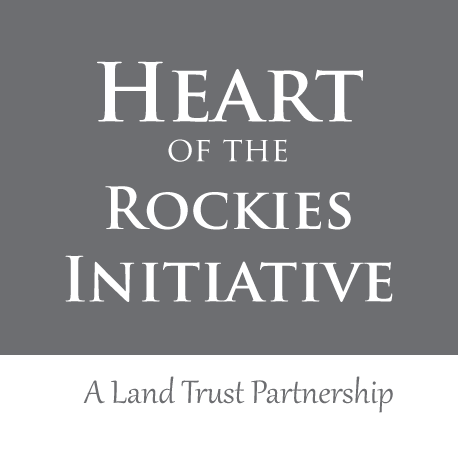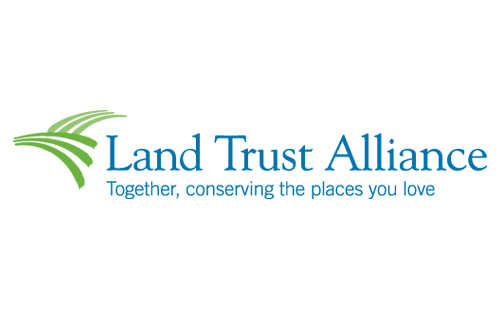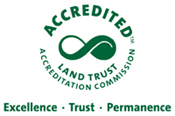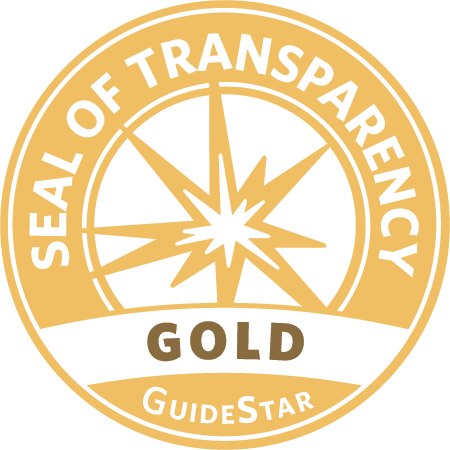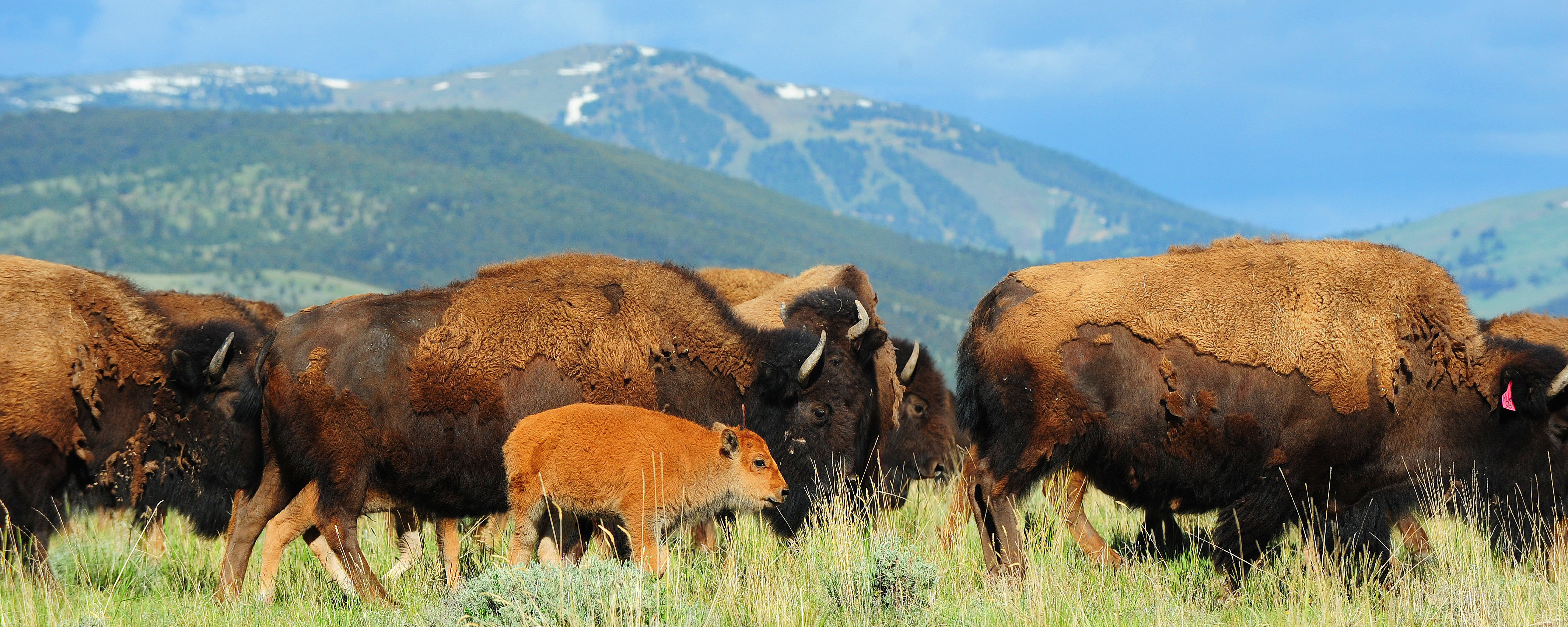
Protecting Montana’s Heritage
PROACTIVE RANCHERS SAVING WILDLIFE’S LAST BEST PLACE - an excerpt from PPLT's 2019 fall newsletter.
PROTECTING MONTANA’S HERITAGE
PROACTIVE RANCHERS SAVING WILDLIFE’S LAST BEST PLACE
Montana’s unbroken forest and grasslands are vast and unique. Keeping Montana as the last best place will only happen by intentional efforts and key partnerships with those that care for the land.
“We aren’t making more land” is a common refrain among ranchers in west-central Montana. And at Prickly Pear Land Trust we are increasingly aware of the driving demand to fracture prime ranch and farmland, and wildlife habitat for that matter. To address these rapid land use changes, PPLT and landowners are taking proactive steps to save the most important landscapes in our region of the state. Through PPLT’s private lands program and conservation easements, our ranching partners are ensuring that wildlife, farming, and ranching have a place in Montana’s future.
Why protect private lands?
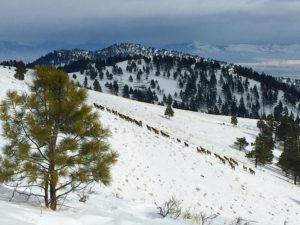
Elk on Mt Helena by Mike Barber
With PPLT’s goal of promoting outcomes for clean water, uninterrupted views, and wildlife on our landscape, protecting private lands is a must. For wildlife in particular, our public lands, though vast, are not enough. To sustain wide-ranging species throughout their annual cycles, we have to ensure the availability of large connected tracts of private, open land. Montana’s most inspiring species – elk, bear, lynx, owls, wolverine, cutthroat trout, mountain lion, grouse, wolves – live large portions of their lives on private lands and depend on private acreage for shelter, food, breeding, and migration corridors. If we want wildlife to persist in the face of development pressures, it’s going to take working together with ranchers to safeguard the grasslands and valley bottoms between our publicly-held mountain ranges.
Private land protection provides several benefits to Montana residents and our local, rural economies too. Montana is a major player in our nation’s agricultural sector and through conservation easements, we can secure working lands of an appropriate scale to meet growing food production needs. Ranches also create buffers against flood and wildfire, allow for hunting and other recreation, and knit together high-elevation mountains and low-elevation valley habitats. The largest properties in our four-county service area are feeling the pressure. Nationwide, we lose three acres of agricultural land every minute. The likelihood of maintaining our large, unbroken fields and floodplains becomes exponentially more remote as property is divided among heirs, and population pressures from the west and south creep up.
Land trusts across the West are seeing increases in demand for partnering with landowners on conservation easements, because it’s a practical win-win. With a conservation easement, the rancher continues to steward the land and contribute to the agricultural economy, while the land trust protects wildlife habitat for the long term. Ranchers are innately conservation-minded too, as their bottom lines depend on their ability to be good grass managers – what’s good for the land is good for them. By partnering on conservation easements, PPLT and landowners can keep land in the hands of farmers and ranchers while maintaining quality open space and wildlife habitat.
Conservation easements also secure agriculture’s place in our system by providing working families with the means to pass the ranch on in its entirety to future generations. When ranches do leave a family’s hands, those properties have a lower entry cost for new ranchers – making agriculture a permanent and financially viable option for future generations.
And while it might be hard to recognize the need to protect lands in our rural, so-far so-open section of the country, the time to decide what we want our landscape to look like is now.
Positioned between Glacier and Yellowstone, we have a great deal of potential to connect our unique ecosystems and provide breaks in the cityscape between the Divide and the Big Belts. Our region’s proximity to water, wildlands and open space means that our region will continue to feel development pressure. As Montana grows, newcomers will bring jobs, revenue, great food and, of course, they will need a place to live. Smart coordination of land conservation efforts and community development are at the core of our future success. Our role at the Land Trust is to offer tools in this region, to encourage land conservation that will benefit our communities – our incredible outdoor heritage, recreation, wildlife, and agricultural legacy that defines Montana.

